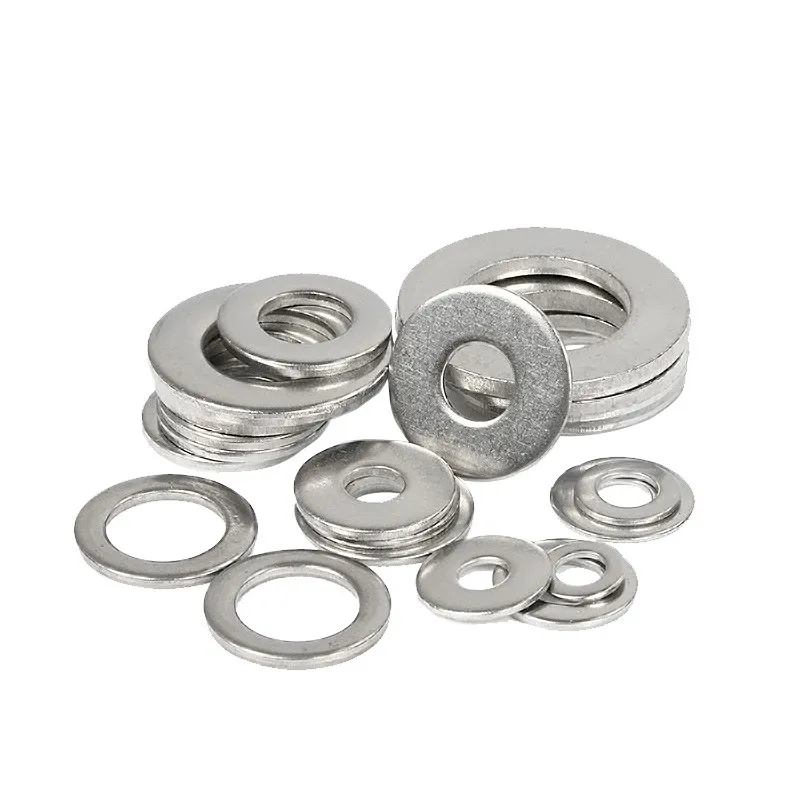

chemical anchor fastener
พ.ย. . 11, 2024 14:17 Back to list
chemical anchor fastener
Chemical Anchor Fasteners A Comprehensive Overview
In the world of construction and engineering, fastening techniques play a vital role in ensuring the integrity and longevity of structures. Among various fastening methods, chemical anchor fasteners have gained significant popularity due to their unique advantages and versatility. This article aims to provide an in-depth understanding of chemical anchors, their applications, advantages, and installation procedures.
What are Chemical Anchor Fasteners?
Chemical anchor fasteners are a type of adhesive anchoring system that uses a chemical bonding agent to secure anchors into substrates such as concrete, masonry, or brick. Unlike traditional mechanical anchors that rely on physical expansion or friction, chemical anchors provide a bond through a two-component system—comprising a resin and a hardener. When mixed together, these components create a strong adhesive bond that secures the fastener in place.
Composition and Functioning
The primary components of a chemical anchor system are the epoxy resin or polyester resin and the hardener. The resin is designed to provide exceptional tensile strength, while the hardener initiates the curing process that solidifies the mixture and enhances the bonding capability. These chemical anchors can be used in various environments, from dry indoor conditions to damp or submerged conditions, making them highly versatile.
Applications
Chemical anchors are extensively used in numerous applications, including
1. Construction and Structural Support Chemical anchors are commonly used in the construction of buildings and bridges, where they provide robust support for structural members. They are ideal for securing beams, columns, and brackets.
2. Masonry and Brickwork For applications requiring anchoring in brick or masonry walls, chemical anchors offer a reliable solution that minimizes the risk of cracking or damaging the substrate.
3. Heavy Equipment and Machinery Mounting In heavy industrial settings, chemical anchors are utilized to secure machinery and equipment, ensuring stability and safety during operation.
4. Renovation and Restoration Projects During renovation, chemical anchors allow for secure attachments to old and worn structures without the need for extensive repairs.
Advantages of Chemical Anchors
Chemical anchor fasteners offer several benefits over traditional mechanical anchors
chemical anchor fastener

1. Superior Load Capacity Due to the adhesive bonding technique, chemical anchors can withstand higher loads compared to mechanical anchors, making them suitable for applications requiring significant structural support.
2. Versatility They can be used in various materials, including concrete, brick, stone, and hollow blocks, making them adaptable to different project requirements.
3. Minimal Expansion Forces Unlike mechanical anchors that rely on expansion, chemical anchors do not exert pressure on the surrounding substrate, reducing the risk of cracking or spalling.
4. Resistance to Environmental Factors Many chemical anchors are designed to resist moisture, chemicals, and temperature fluctuations, making them suitable for outdoor applications and harsh environments.
5. Fast Installation and Cure Time With advancements in technology, many chemical anchors cure quickly, allowing for faster project completion and reduced downtime.
Installation Process
The installation of chemical anchors involves several key steps
1. Preparation The substrate must be clean, dry, and free from debris or contaminants. Proper hole drilling is crucial for ensuring optimal anchor performance.
2. Mixing the Adhesive Following manufacturer guidelines, the resin and hardener should be mixed thoroughly to ensure a uniform consistency.
3. Insertion of Anchor The mixed adhesive should be injected into the drilled hole, followed by the insertion of the anchor or rebar.
4. Curing Time Allow the adhesive to cure based on manufacturer specifications before applying any loads to the anchor.
5. Final Inspection After curing, a final inspection should be conducted to ensure that the anchor is securely bonded and properly installed.
Conclusion
Chemical anchor fasteners represent an innovative and effective solution for a wide range of anchoring requirements in construction and industrial applications. Their superior load capacity, versatility, and resistance to environmental factors make them a go-to choice for architects, engineers, and contractors alike. As technology continues to advance, the development and application of chemical anchors are likely to expand, enhancing the safety and integrity of structures everywhere.
Latest news
-
Hot Dip Galvanized Bolts-About LongZe|High Strength, Corrosion Resistance
NewsJul.30,2025
-
High-Strength Hot Dip Galvanized Bolts - Hebei Longze | Corrosion Resistance, Customization
NewsJul.30,2025
-
Hot Dip Galvanized Bolts-Hebei Longze|Corrosion Resistance&High Strength
NewsJul.30,2025
-
High-Strength Hot-Dip Galvanized Bolts-Hebei Longze|Corrosion Resistance&High Strength
NewsJul.30,2025
-
Hot Dip Galvanized Bolts-Hebei Longze|Corrosion Resistance&High Strength
NewsJul.30,2025
-
Hot Dip Galvanized Bolts - Hebei Longze | Corrosion Resistance, High Strength
NewsJul.30,2025

